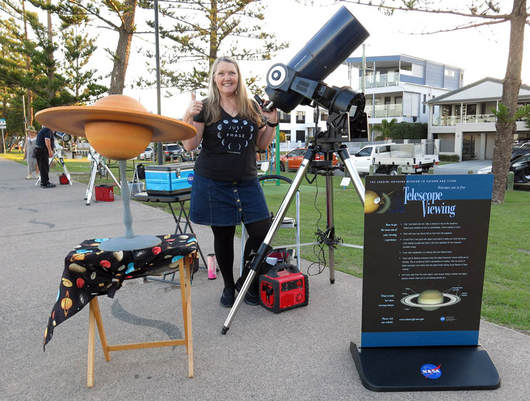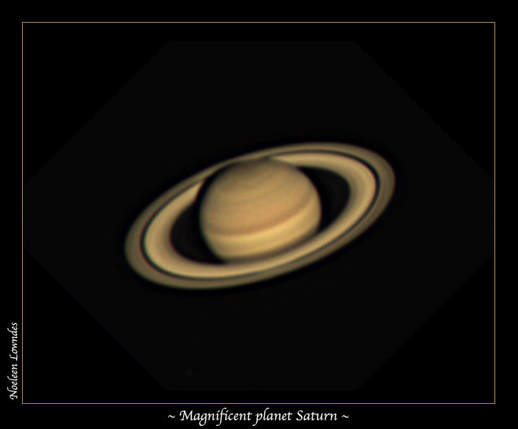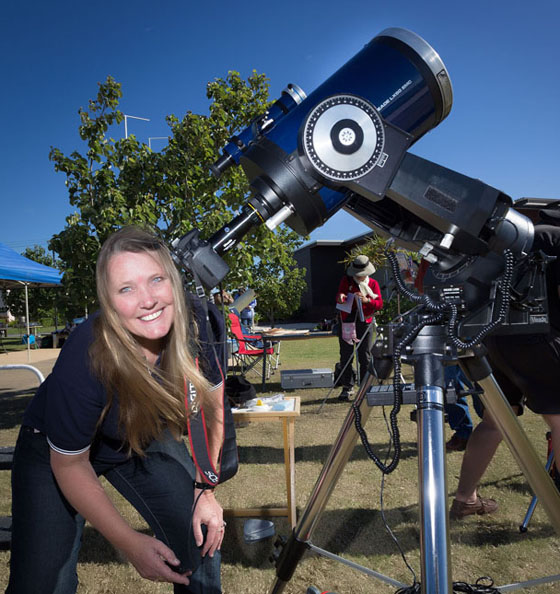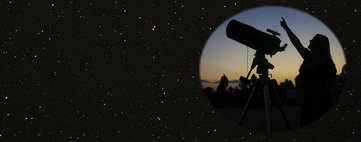I didn’t want to change any of the settings or adaptors on the telescope as I was just filling in time until Mars had gone over the zenith. My telescope when in Alt/Az mode does not like pointing straight up into the sky, it seems to spin on its base and not track properly, but when it’s in equatorial mode I have not trouble at all. (I use a 10inch LX200 Schmidt-Cassegrain telescope).
The first image shows what is known as the big three craters, Ptolemaeus, Alphonsus & Arzachel with the other large crater Albategnius to the right of Ptolemaeus. To get some prospective on how large some of these craters are Ptolemaeus is an incredible 153 km in diameter and 2400m high!
The second image shows some stunning detail of the lunar mountain range called Montes Alpes and the 3600 m high Mons Blanc (Mt Blanc) with the 180km Alpine Valley running through it.
Also on show is the extremely bright mountain peak called Mons Piton (Mt Piton) at 2250 m high on the smooth Maria called Mare Imbrium (Sea of Rains).
The large flooded crater (to the right) is called Cassini and is 57 km in diameter and has two crater inside called Cassini A and B.
With this phase of the Moon we are seeing sunrise on the terminator line (day/night horizon) and everything on the sunlit side is being thrown into sharp detail. (Images taken last quarter Moon on the 18th September 2018)
AVI movies were captured with about 3000 frames as the seeing wasn’t great, there was also some light cloud in the sky so the surface of the Moon was a bit wobbly…but RegiStack6 did great in stacking the images…I’m very happy with this little camera for planetary imaging :-)



 RSS Feed
RSS Feed
